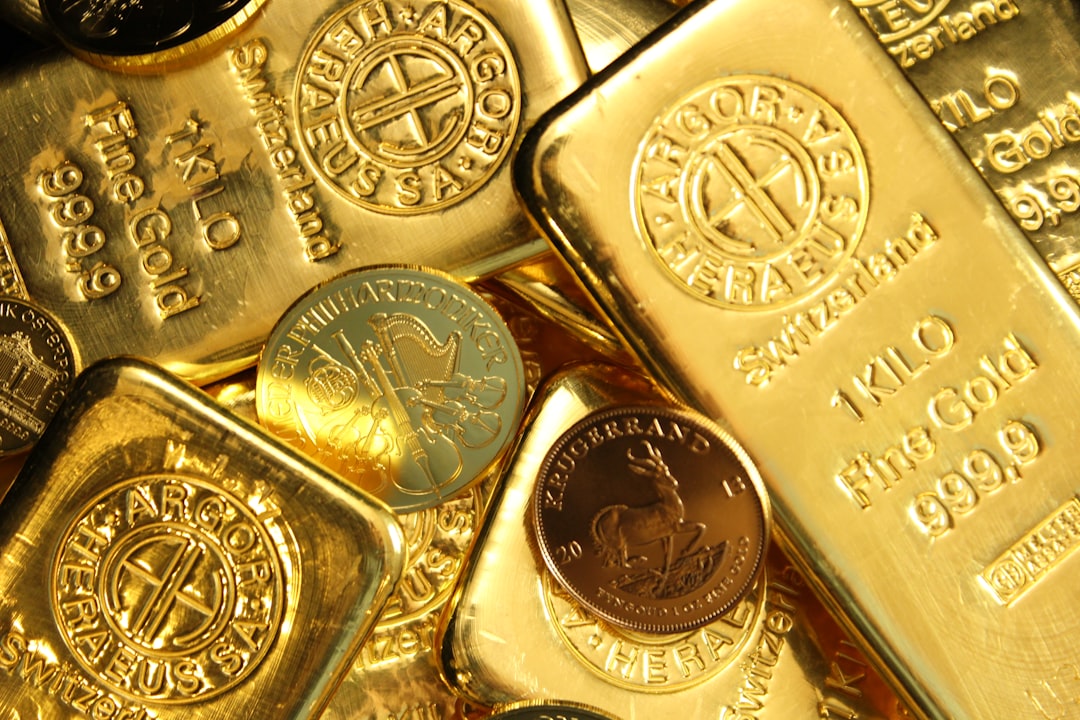
Gold recently surpassed $3,000 per ounce—a historic milestone driven by growing safe-haven demand and a global shift away from the dollar. Yet, despite its reputation as a hedge against uncertainty, gold’s performance has been a mixed bag over time.
Rising Safe-Haven Demand and De-Dollarization Trends
The recent surge is largely attributed to investors seeking refuge amid economic uncertainty. Campbell Harvey, a professor at Duke University, noted on LinkedIn that de-dollarization efforts and safe-haven demand have played key roles in pushing gold higher. He pointed out that China has increased its official gold holdings by 15% since November 2022, a move likely intended to strengthen confidence in the Chinese yuan.
“In times of heightened uncertainty, investors turn to assets they perceive as protective, and gold consistently meets that criterion,” Harvey observed. This sentiment is reinforced by measures like the Economic Policy Uncertainty Index, which tracks policy-related economic concerns.
Gold’s Mixed Historical Performance
Historically, gold has had its share of ups and downs. It soared during crises such as Black Monday (1987), the Gulf War (1990), and the Great Recession (2007–2009). However, there have been periods when gold did not serve as the robust safety net investors expected. During the Asian currency crisis of 1998 and the pandemic bear market in 2020, gold underperformed as a safe haven.
Even more recently, between 2021 and 2022, gold’s price dropped by over 6% despite rising inflation, highlighting that its effectiveness as an inflation hedge can be limited under certain conditions.
For those looking to dive deeper into commodity trends, detailed insights are available through endpoints like the Commodities resource, which offers real-time data and analysis on precious metals and other commodities.
Nuances in Gold Investments
Investors considering gold-related products should be aware of the nuances that come with them. The SPDR Gold Shares (NYSE:GLD) ETF, which tracks physical gold, has occasionally shown a discrepancy between its market price and its net asset value (NAV). Over the past five years, while the ETF’s price return averaged 12.2% annually, its NAV grew at 11.5% per year. Although this tracking error has recently benefited investors, it could reverse, impacting future returns.
Looking Ahead
Gold’s journey as an investment remains complex. Its role as a safe haven during times of uncertainty continues to attract investors, yet historical data reminds us that no asset is immune to market fluctuations. As global economic dynamics evolve and de-dollarization gains momentum, gold’s path forward will likely be shaped by both traditional safe-haven appeal and the changing landscape of global finance.
At CWEB, we are always looking to expand our network of strategic investors and partners. If you're interested in exploring investment opportunities or discussing potential partnerships and serious inquiries. Contact: jacque@cweb.com
